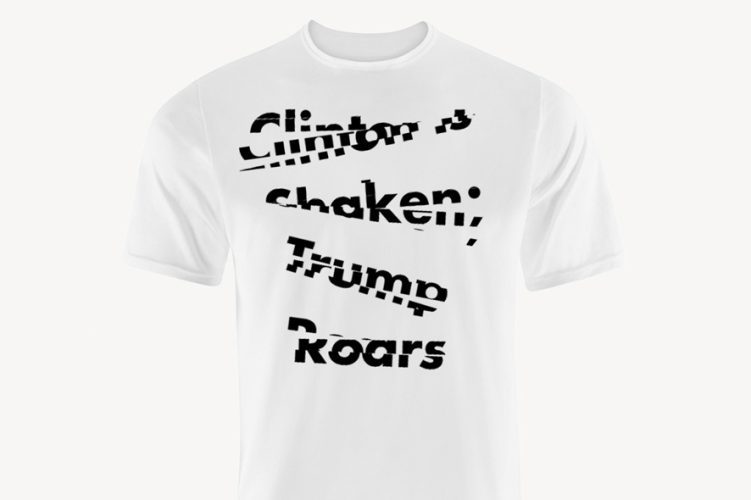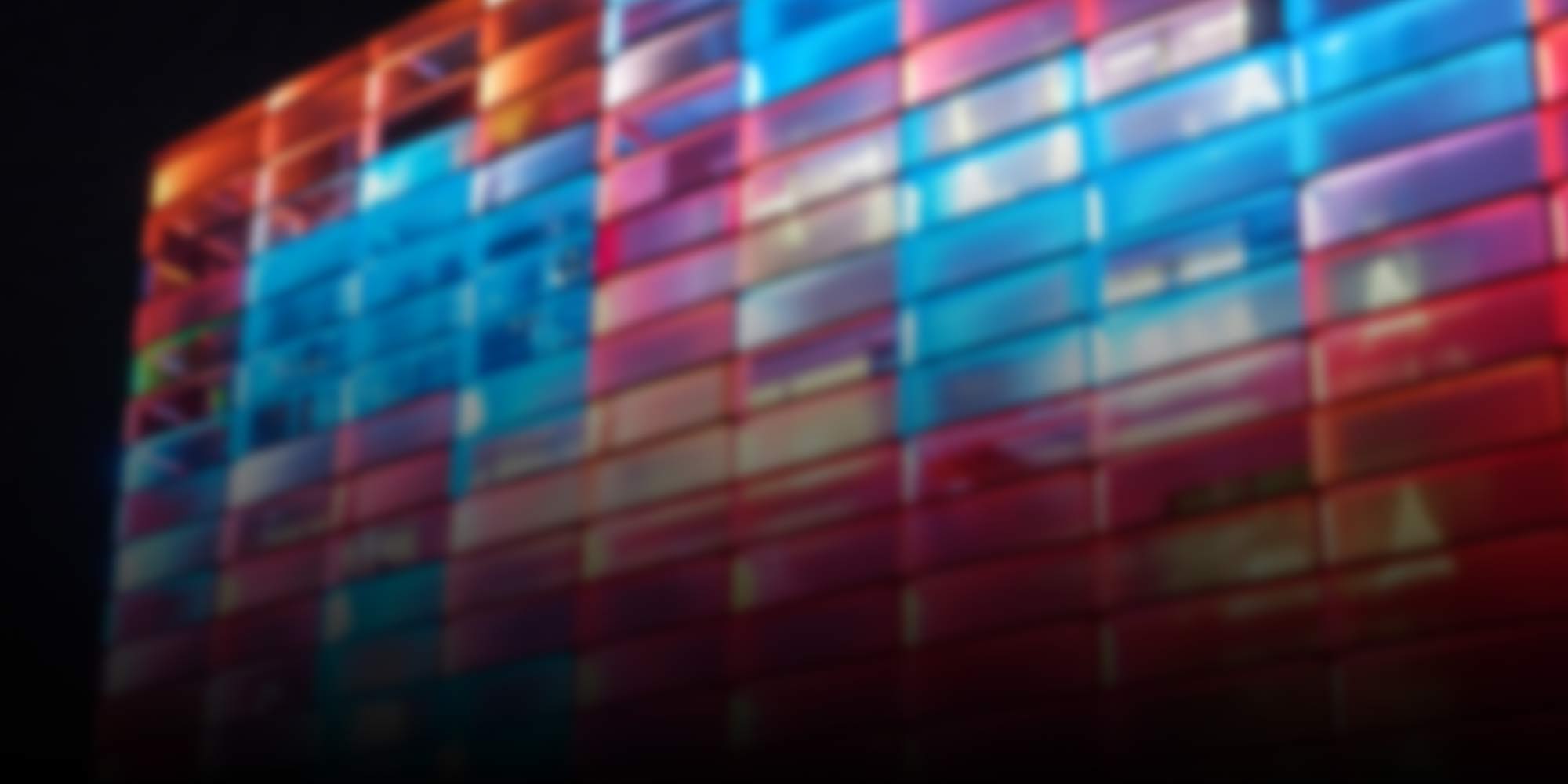
2016
-
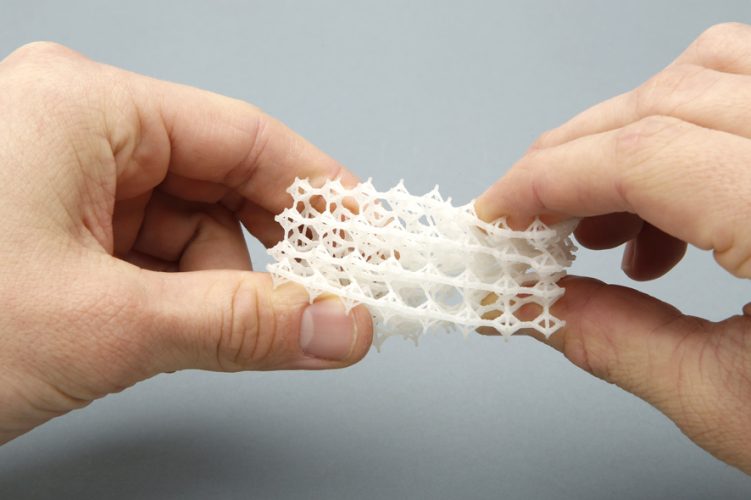
2016 STARTS Prize: Art as Catalyst
The first STARTS Prize competition was conducted by Ars Electronica on behalf of the European Commission this year. The mission: recognizing excellence at the nexus of science, technology and art. Here’s an overview of the winners as well as a few very interesting runners-up and nominees.
-
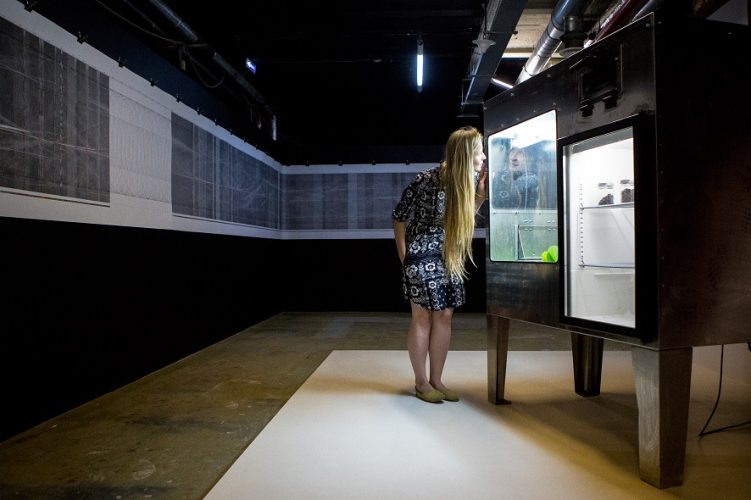
FLY FACTORY – Are Insects the Food of the Future?
Well, in any case, Búi Bjarmar Aðalsteinsson thinks it’s possible. His project is a breeding ground for flies whose larvae can be harvested and processed into foodstuffs. “Fly Factory” is now on display in the “EARTH LAB – Artists as Catalysts” exhibition in Moscow.
-
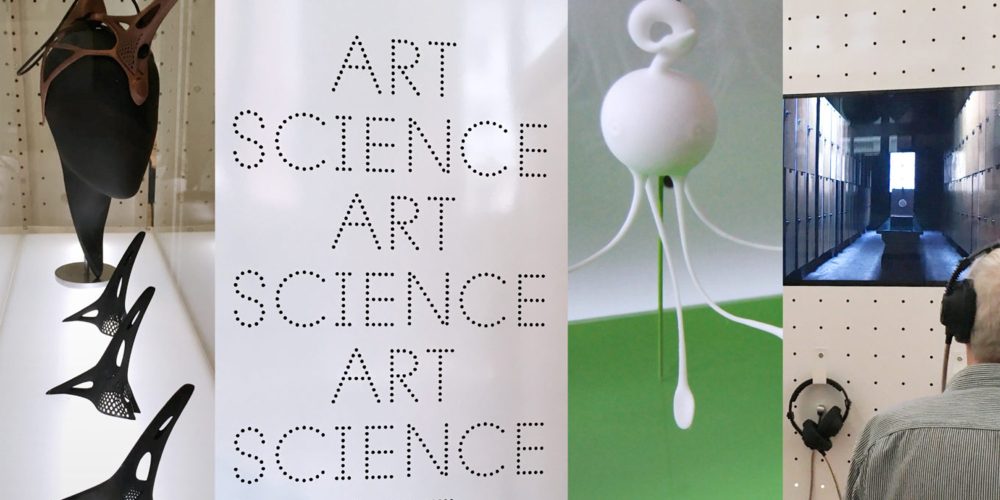
SPARKS project trilogy on touring exhibition
The first series of SPARKS exhibitions running in four European cities showcases four artist-in-residency recipients’ highly individualistic takes on the subject of Responsible Research and Innovation and the fascinating ways they developed them further at the Ars Electronica Futurelab.
-
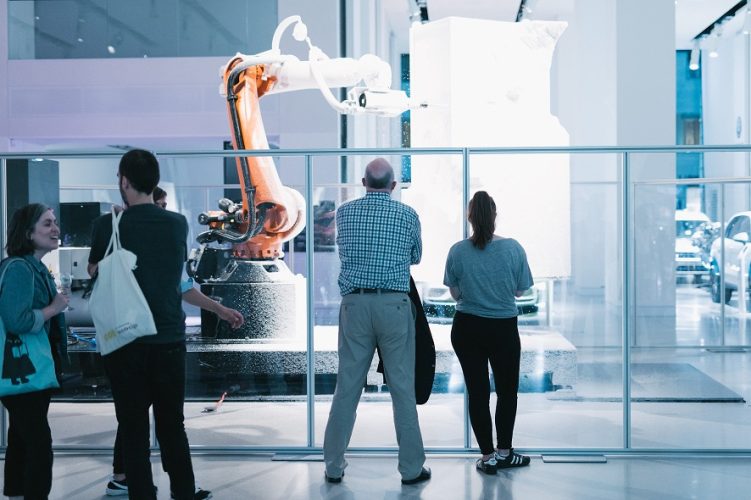
HUMAN FACTOR: What Interconnects Art and Industry
Ars Electronica Export is making another guest appearance in Berlin. The “HUMAN FACTOR – endless prototyping” exhibition running until August 27, 2016 at DRIVE. Volkswagen Group Forum Berlin displays art and industry’s common denominator—the human being, the human factor that’s constantly trying out prototypes for existential models in humankind’s ongoing struggle to resist extinction. Here…
-

Expedition ESO
“We won’t soon be taking another trip so close to outer space!” Now, that sure hits the nail on the head as a succinct description of the once-in-a-lifetime opportunity this Residency provides. An artists’ collective—Jan Bernstein, Juliane Götz and Sebastian Neitsch—got the nod from the European Digital Art & Science Network’s jury and departed for…
-
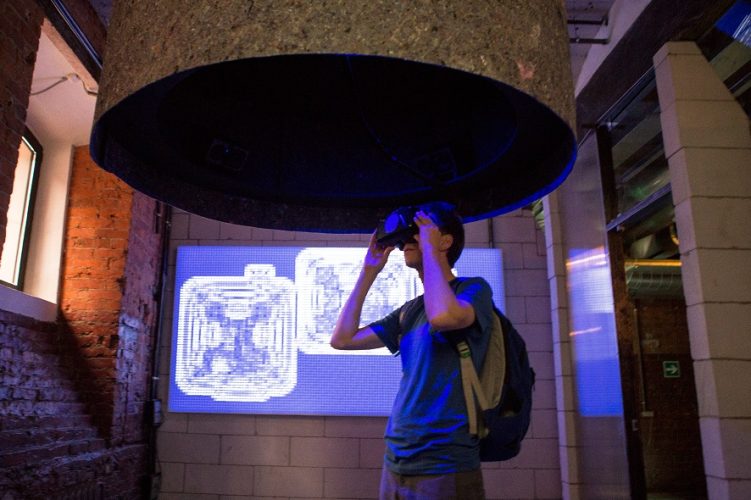
EARTH LAB – Our Planet on the Examination Table
An exhibition produced jointly by Moscow’s Polytechnic Museum and Ars Electronica Export presents new takes on the future of our planet. “EARTH LAB – Artists as Catalysts” shows how artists from all over the world see Earth. Here, we show you a few impressions.
-
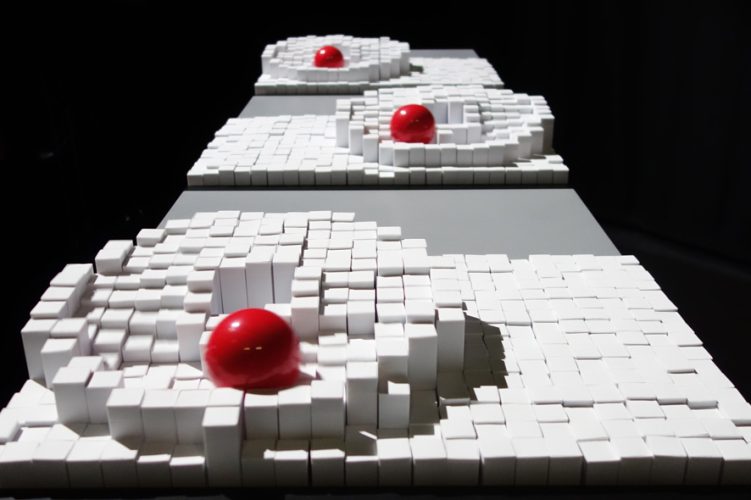
RADICAL ATOMS: When Visions Become Tangible
Prof. Hiroshi Ishii is the director of the MIT Media Lab’s Tangible Media Group. His team’s mission is to envision new forms of human-machine interaction and to enable us to experience and grasp the ideas of tomorrow today. His vision of RADICAL ATOMS also inspired this year’s Ars Electronica Festival theme.
-
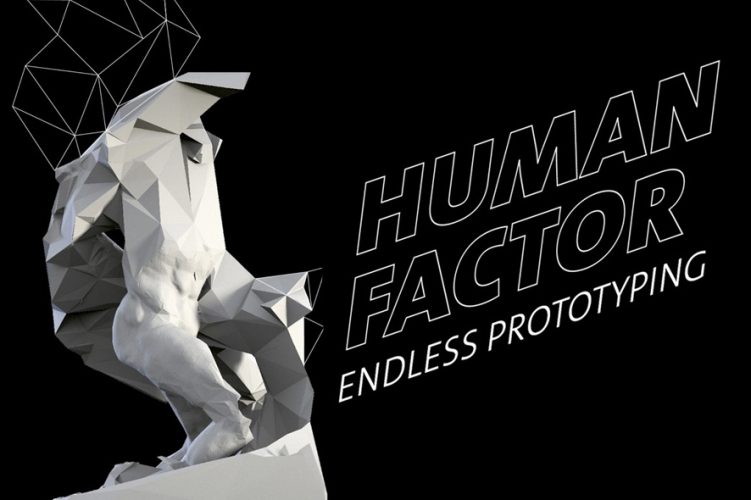
HUMAN FACTOR: Endless prototyping
“HUMAN FACTOR – endless prototyping,” an exhibition running July 1-August 27, 2016 at DRIVE. Volkswagen Group Forum Berlin, features a series of artistic prototypes demonstrating new and innovative linkages between art and industry. In this interview, curator Martin Honzik talks about the advantages prototypes have over their counterparts in serial production, and exactly what exhibition…
-
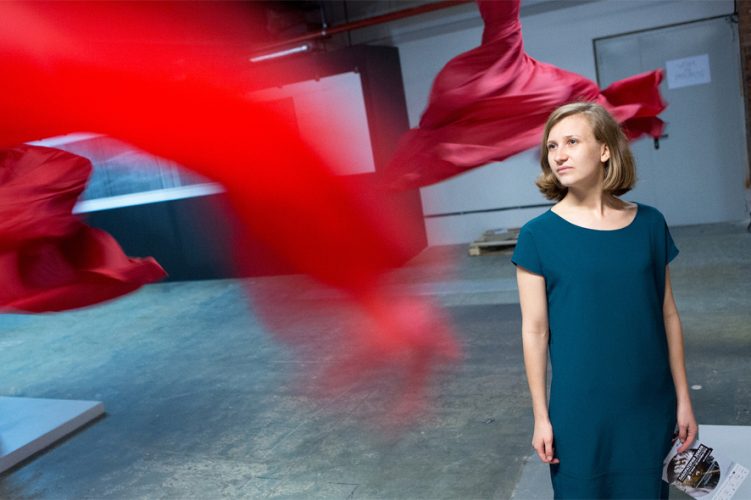
EARTH LAB: The Artistic View at Earth
EARTH LAB, an exhibition produced jointly by the Polytechnic Museum in Moscow and Ars Electronica Export, presents new and unconventional ways of looking at our Blue Planet. In this interview, the two curators, Natalia Fuchs and Manuela Naveau, brief us about this remarkable lab on the underground level of Moscow’s Red October chocolate factory.
-
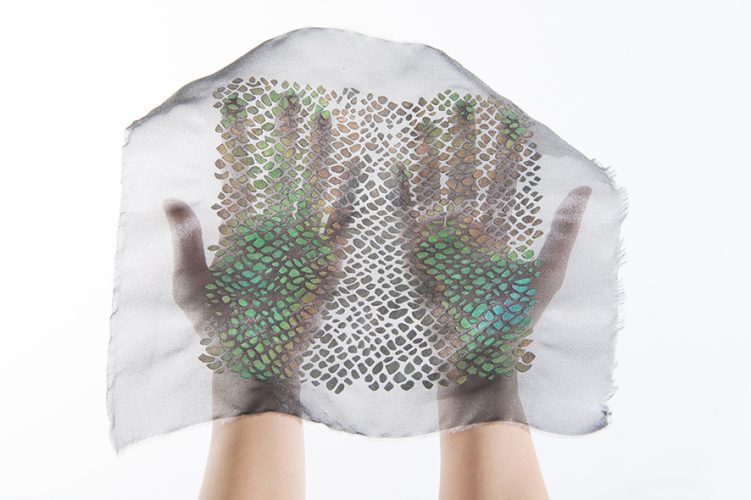
STARTS Prize to “Artificial Skins and Bones”
The Artificial Skins and Bones project seminar conducted by Prof. Mika Satomi and Prof. Wolf Jeschonnek is one of this year’s two recipients of a STARTS Prize awarded by the European Commission. Here’s a briefing on the Berlin Weißensee School of Art and work being done there.
-

ESERO – Space Research in Classroom Instruction
Since today the Ars Electronica Center Linz is officially the Austrian “European Space Education Resource Office”, short ESERO. We have spoken with Clara Cruz Niggebrugge, ESERO Project Coordinator of the ESA Education Office.
-
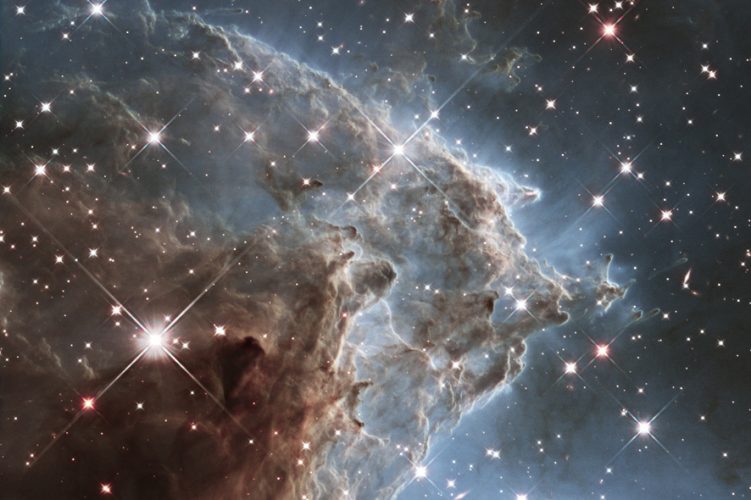
Art and Science: What Does It Mean to be Human?
“You start to understand how little we really understand.” ESA Senior Science Advisor Mark McCaughrean talks about the interplay of art and science, and thinks aloud about whether we’ll ever succeed in getting the knowledge of the cosmos that we’ve accumulated into our modest heads.
-
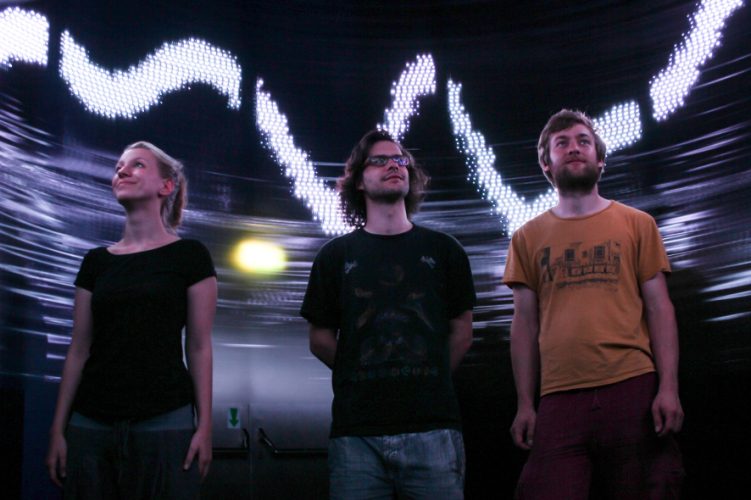
Lightstorm—Look on as the Hustle and Bustle of the City Passes You By
The next edition of the TIME OUT exhibition series started on Wednesday, 8 June 2016. One of the works is called “Lightstorm” by Katharina Gruber, Laurin Döpfner and Gregor Woschitz.
-

ESA: To the Comet, and then on to Mars
Artists still have until June 20, 2016 to apply for a residency of several weeks duration at the technical center of the European Space Agency (ESA), where, in autumn of this year, they’ll be on hand to experience two spectacular missions: the landing of the Rosetta Space Probe and the ExoMars Mission. In this interview,…
-
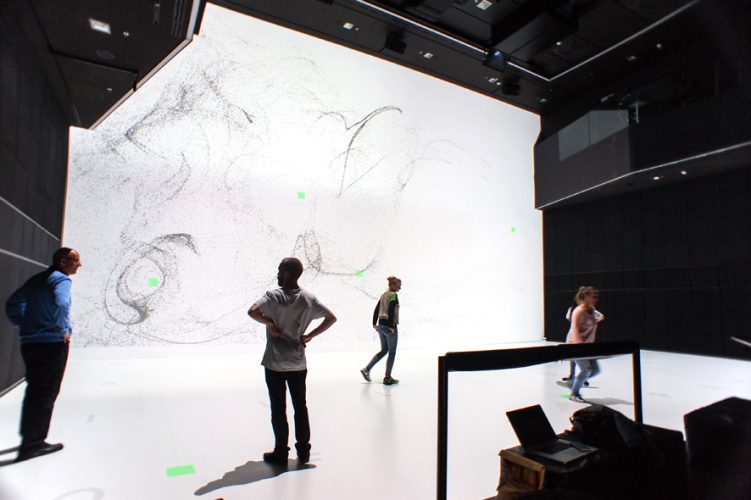
Intro to Deep Space: The Course
Linz Art University’s Time-based and Interactive Media bachelor’s program offers students the opportunity to create interactive works especially for Deep Space 8K at the Ars Electronica Center. Read more about it in this interview with the program director, Prof. Gerhard Funk.
-

Scratching Wounds: The Sad Truth about Pharmaceutical Products
TIME OUT .06 opens on Wednesday, June 8, 2016 at the Ars Electronica Center. The sixth installment in the TIME OUT series features outstanding works by undergrads in Linz Art University’s Time-based and Interactive Media program.
-
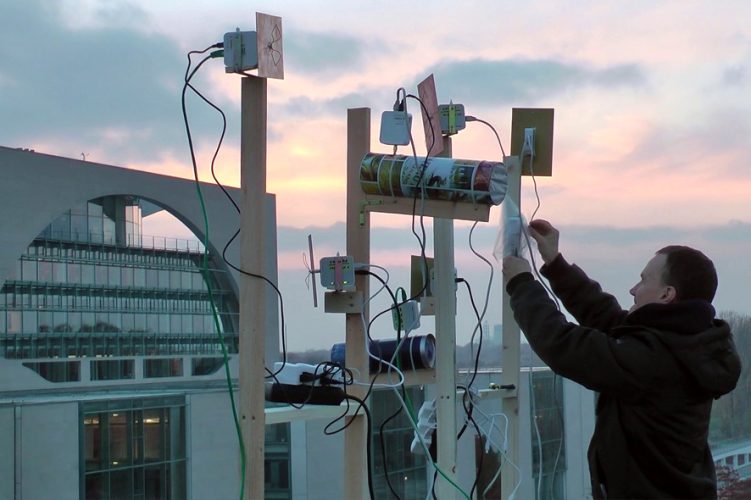
Hello spies, can you hear me?
“Can you hear me?” was a temporary network that artists Christoph Wachter and Mathias Jud set up above the rooftops of the German government district in Berlin to downright force intelligence agencies to listen in on what they and thousands of other people were saying. Besides getting the agents’ attention, the artists are also the…
-

Aspern, Vienna’s Urban Lakeside with Model Character
The Ars Electronica Futurelab is serving as scientific associate in conjunction with an innovative five-year series of special exhibitions at the TMW. Three exhibitions are planned for this „Weiter_Gedacht_“ series that premieres on June 8th and will run from 2016 to 2021.
-
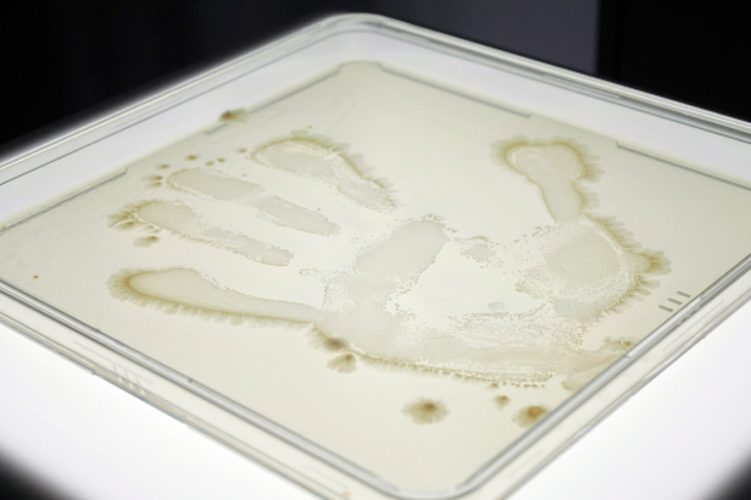
In Vitro Typewriter – Our Information Traces
Already the sixth edition of the exhibition series “TIME OUT” openes on June 6, 2016, at the Ars Electronica Center! This show staged in cooperation with Linz Art University showcases outstanding media art projects by undergrads in the school’s Time-based and Interactive Media program. One of the projects of TIME OUT .06 is the “In…
-

2016 Ars Electronica Festival at the PostCity
Mind the date: From September 8 to 12, 2016, the PostCity, the former former postal service’s letter & parcel distribution central railway station in Linz, again will be a central point of the Ars Electronica Festival.
-
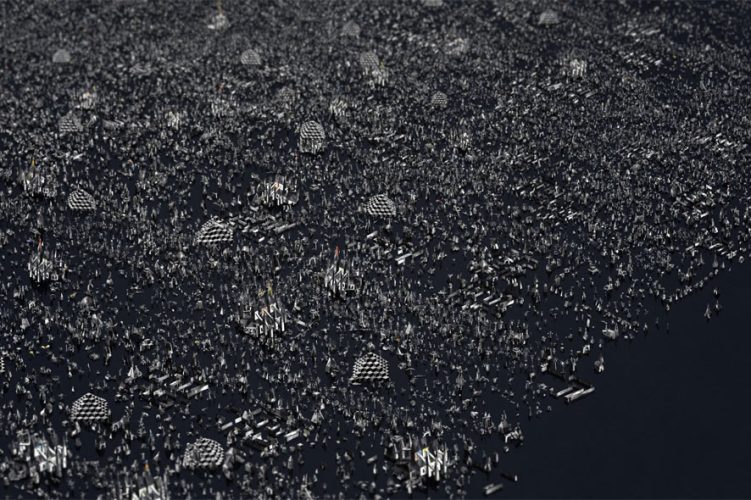
Rhizome: Everything Is Interconnected
We zoom into a world that’s incessantly in motion, one in which everything is connected to everything else and the figures are constantly morphing. This animated film by Boris Labbé has been singled out for recognition with a Golden Nica by the 2016 Prix Ars Electronica.
-
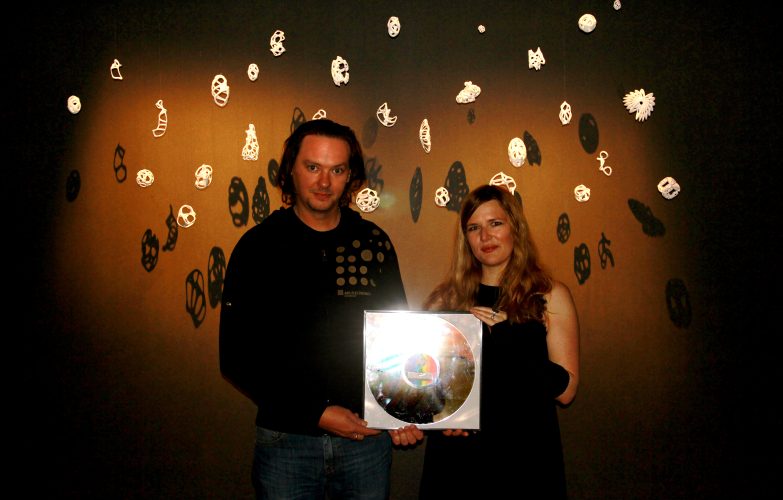
Ars Electronica Futurelab is taking part in the Music Tech Fest
Music Tech Fest is a giant creative laboratory and festival of music ideas that brings together artists and scientists, academics and industry. In Ljubljana, in September 2015, the festival awarded a prize to Ars Electronica Futurelab’s Jonathan Rutherford and Music Technology PhD researcher Tracy Redhead.
-
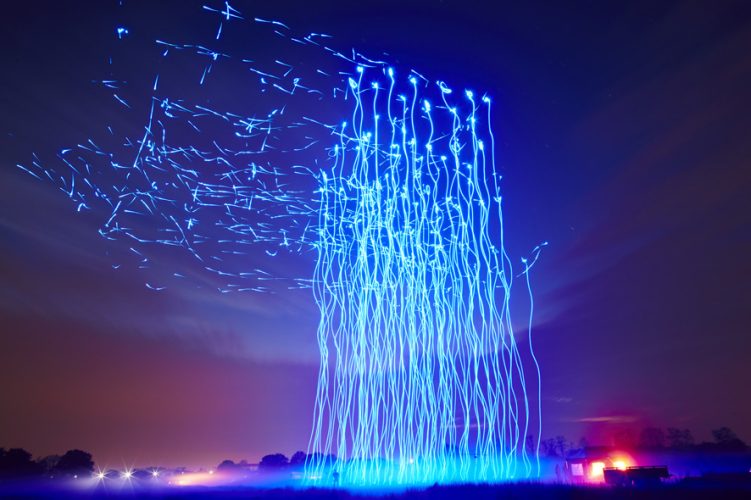
RADICAL ATOMS: The Machine Becomes Material
In this interview with Gerfried Stocker, Ars Electronica’s artistic director elaborates on the theme of the 2016 Ars Electronica Festival and provides some impressive examples illustrating it. Here’s a preview of what awaits festivalgoers in September 2016 in Linz.
-
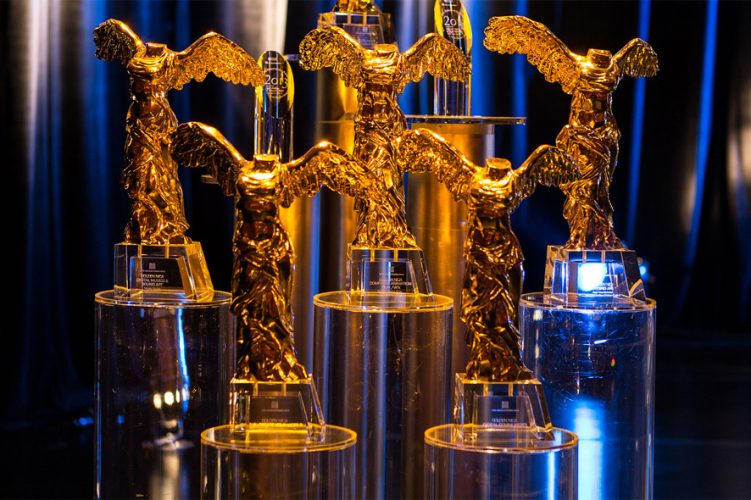
The 2016 Golden Nicas
We proudly present the 2016 winners of the Prix Ars Electronica. A total of 3,159 entries from 84 countries were submitted for prize consideration to the world’s most time-honored media arts competition. Here’s a quick briefing on the grand prize winners.
-
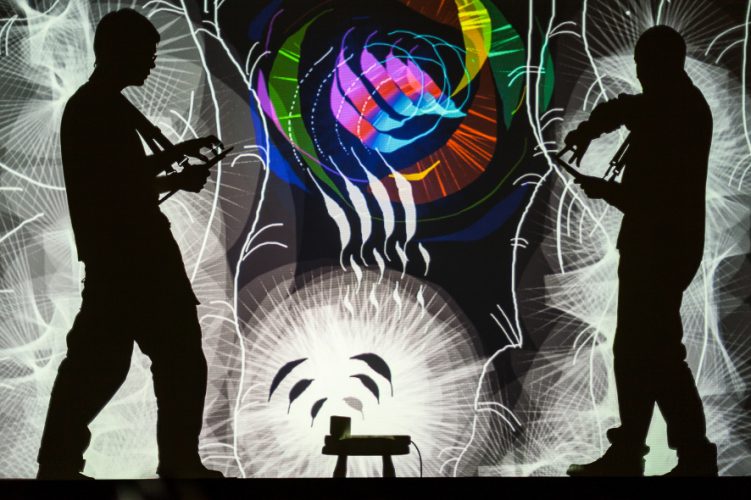
Space Painting in Deep Space 8K
On Saturday the workshop “Tagtool” took place in the Ars Electronica Center as part of the Deep-Space-Weekend: UNESCO City of Media Arts. With a beamer, imagination and the app “Tagtool” participants transformed animations into projections and awakened digital paintings to life. In Deep Space 8K as workshop space this application takes on a whole new…
-
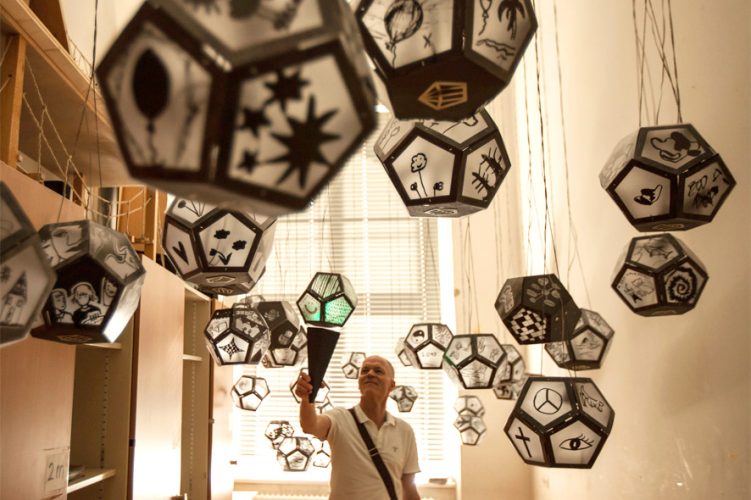
Express to impress: Square Talk wins at the IxD-Awards
At the Ars Electronica Festival in 2014, three participants in the Ars Electronica Futurelab Academy Programme presented SquareTalk. The project recently won the ‘expression’ category at the prestigious 2016 IXDA awards.

